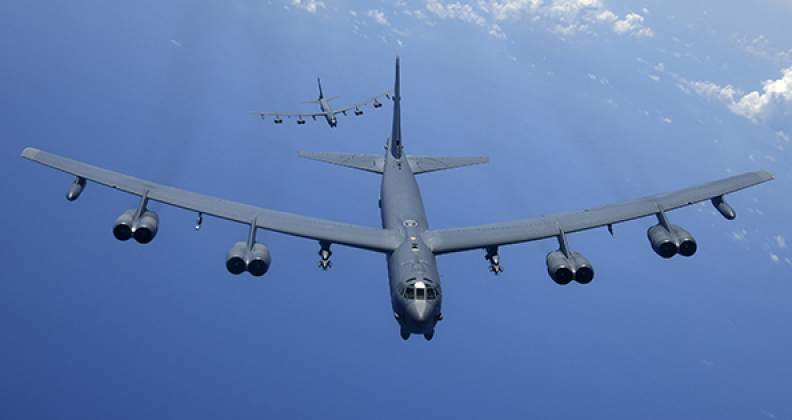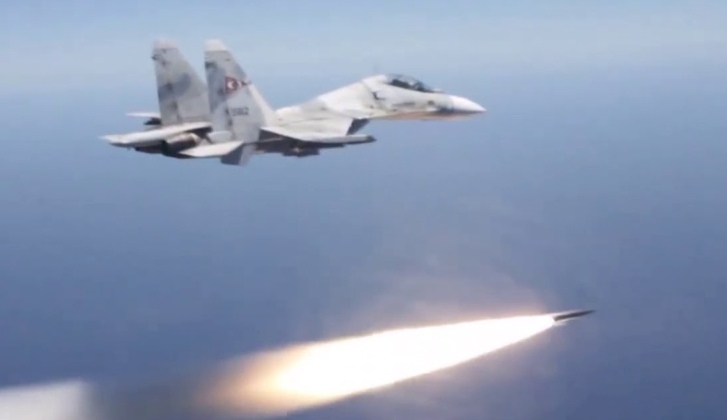News
Can Venezuelan Su-30MK2 Fighters Shoot Down American B-52H Bombers Over the Caribbean?
On October 15 the U.S. Air Force deployed three B-52 Stratofortress strategic bombers for operations off the coast of Venezuela, marking the latest in multiple escalatory steps taken by Washington to increase military pressure on its southern neighbour. The B-52H is one of two nuclear capable bomber types fielded by the United States, and is among the most heavily armed combat aircraft in the world with the ability to delivery up to 20 cruise missiles each per sortie. The bombers took off from Barksdale Air Force Base, and spent around two hours in the air around Venezuela. Their deployment closely coincided with a statement by President Donald Trump confirming that the CIA was actively conducting covert operations in Venezuela, and the launching of overt attacks was under consideration. Covert operations in the past included deploying contractors in 2020 for a failed attempt to abduct Venezuelan President Nicolas Maduro.

Responding to the rapid expansion of the American military presence around its territory, the Venezuelan Air Force has deployed Su-30MK2 fighters to conduct multiple shows of force, including patrolling when armed with Kh-31 anti-ship cruise missiles, and conducting live fire bombing exercises. The Su-30MK2 is far more capable than any type of fighter which the United States Armed Forces have ever engaged in combat, and was cutting edge when first brought into service in the early 2000s. The fighter’s ability to threaten the B-52 bombers nevertheless remains in question for multiple reasons. The Su-30MK2 was the last major Russian fighter type to be produced with a mechanically scanned array radar, which although being among the most advanced and powerful designs of its kind, is still relatively weak and prone to jamming by current standards.

The B-52H’s advanced electronic warfare suite would likely pose a serious challenge to the Su-30MK2 in the event of an engagement, as well as to the fighters’ R-77 air-to-air missiles which have less advanced countermeasures to jamming the latest R-77M variants. A further significant challenge for Venezuelan pilots would be to close to within missile firing range of approximately 100 kilometres, as the bombers are equipped with cruise missiles capable of engaging targets well over 1000 kilometres away allowing them to give Venezuelan territory a wide berth. The deployment of significant numbers of fighters to the region by the U.S. Air Force, Navy and Marine Corps also means that Su-30MK2s would likely be intercepted long before they are able to close in on the B-52s. While the Venezuelan Defence Ministry had under the previous Hugo Chavez administration planned major fighter procurements, including the first foreign orders for more capable Su-35 fighters, the change in administration in 2013 resulted in a de-prioritisation of the Air Force which has left the small fleet of 22 Su-30MK2s heavily outnumbered and increasingly outmatched by newer American fighters such as the F-35. Venezuela’s ability to counter threats by B-52 bombers thus remains limited with its current arsenal of assets.












